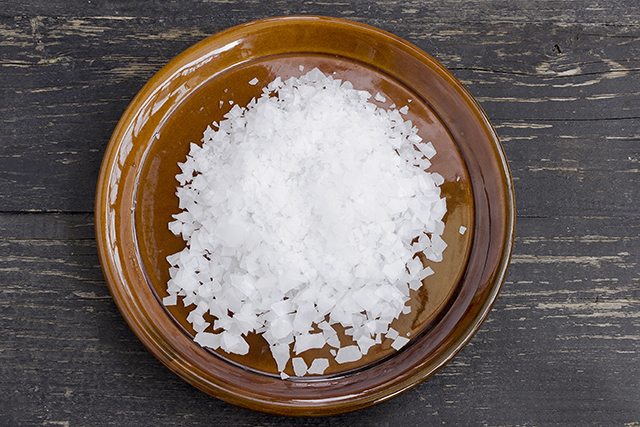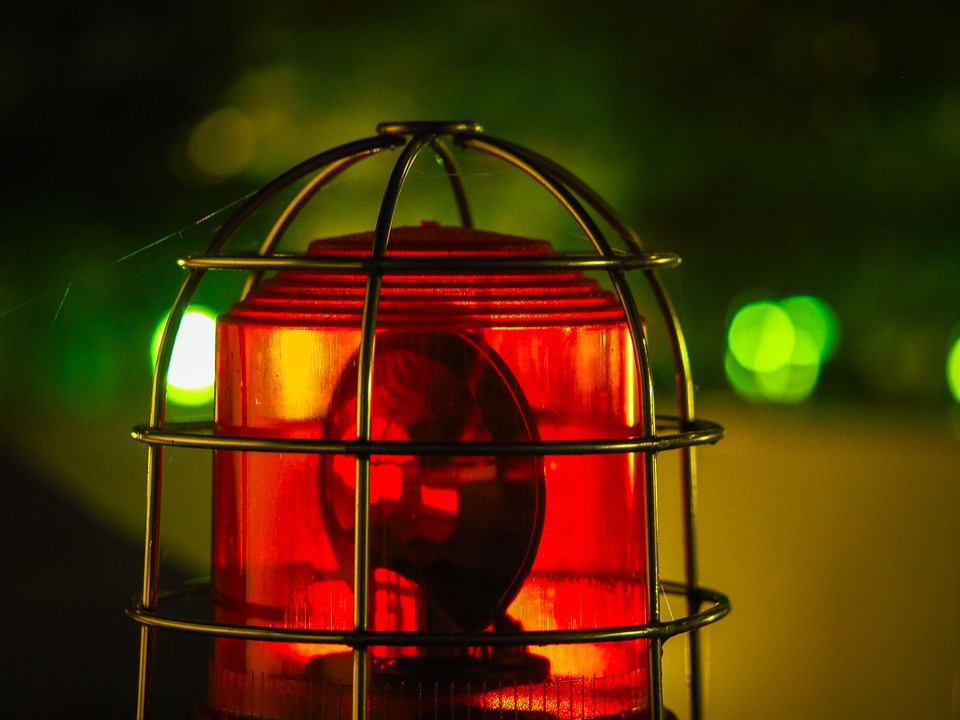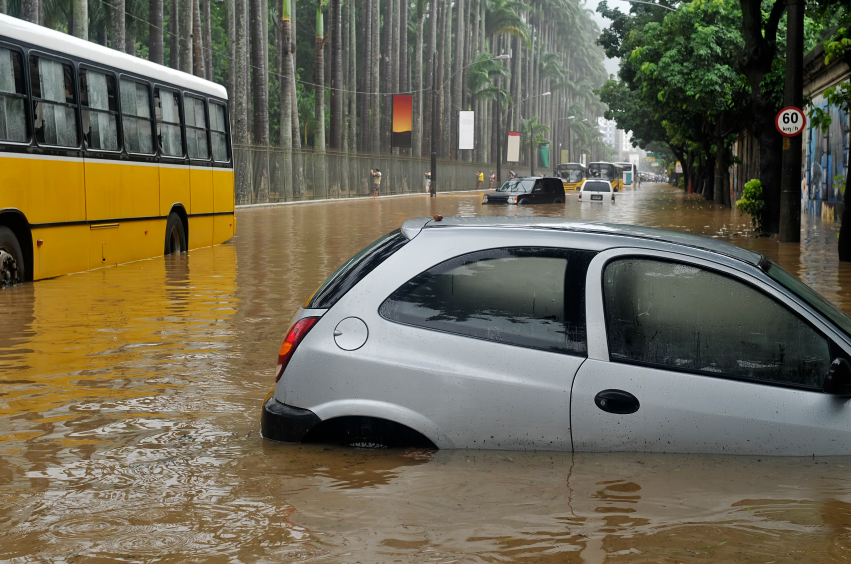
Done correctly, repackaged salt can last for at least several years. (h/t to ApartmentPrepper.com.)
While salt can be stored in your pantry for some time, it will gradually start to clump up, making it more difficult to use, especially if you live in a humid location. You can break up salt if it's clumped, but with the proper technique, repackaged salt will be free-flowing and easy to use.
Materials needed:
- Food grade five-gallon bucket
- Hair-straightening iron
- Measuring cup or scoop
- Mylar bags (one-gallon size)
Note: Set up the salt and materials in an area without any kids and/or pets to avoid any accidents with the hair-straightening iron (which must be on high setting).
Steps:
- Wash and dry your hands thoroughly to avoid getting any moisture on the salt.
- Scoop salt into the Mylar bag with a cup or scooper. Keep scooping salt until the bag is at least about 1/2 to 3/4 full.
- Shake the bag gently so the salt is evenly distributed throughout the bag.
- Squeeze all the air out from the bag by placing your hands on each side.
- Once the hair-straightening iron is hot enough, start sealing the bag on one side.
- If the iron isn't long enough to seal the whole bag, do the same thing on the other side of the bag to seal it completely. Don't touch the Mylar bag after you have used the iron because it will be very hot.
- Repackaged salt or sugar doesn't require oxygen absorbers. However, other repackaged bulk foods like flour or rice need them.
- Label the bag with the item name and date. This will make it easier to determine which bag must be used first when you rotate your food storage.
- Keep the bags in a five-gallon food grade bucket with a lid. Store the bucket in a cool, dry place, with a temperature of about 72 degrees Farenheit or lower.
Use this technique if you want to repackage food for long-term storage without purchasing a vacuum-sealing system, like the FoodSaver.
When SHTF, this salt repackaging tip will come in handy, especially if you want to stock up on other bulk foods.
Food storage tips
When stored properly, repackaged salt and other foods can last for about 10 to 30 years. Do take note that other factors like heat, humidity, and light can affect the quality of stored food. If you store the food at higher temperatures, its shelf life will be shorter. (Related: Long-term food storage made easy.)
Practice food rotation so the items in your stockpile don't go to waste. Check your stock room and rotate the items regularly. Start consuming foods with the oldest dates and replace any item that you eat with a fresh batch.
Survival uses for salt
Now that you know how to properly repackage salt, here are some various survival uses for this versatile condiment:
- Dental hygiene – If you run out of toothpaste, you can use a salt paste to clean your teeth.
- Eliminate fish odors – After preparing fish, you can use salt to remove fish odor from your hands. Simply rub your hands with a lemon wedge dipped in salt, then rinse with some water.
- Flavoring – A bit of salt can help enhance the flavor of bland foods, like rice and beans.
- Food preservation – When prepping, salt can be used to preserve fish, game, and meat. If you don't have curing salt, you can use table salt instead. Some salted and smoked foods have a long shelf life even without refrigeration.
- Rust removal – If your prepping gear is rusty, clean it with a mixture of six tablespoons of salt and two tablespoons of lemon juice. Apply the paste to the rusted area with a dry cloth and rub. Rinse thoroughly and dry.
Learn more about food prepping and food storage at Foodsupply.news.
Sources include:
Please contact us for more information.























